Dock Sud, Buenos Aires
The City of Fury’s harbour district is a home away from home for Cabo Verde’s diaspora in Argentina
Mercedes Sayagues
Between the old harbour and the Riachuelo River lies Dock Sud, a neighbourhood of brightly coloured quaint houses built with wood and corrugated metal sheets. Waves of economic migrants from the Cabo Verde islands – 6,000 km away – settled here. They have an estimated 30,000 descendants today.
Cabo Verdeans first arrived in Argentina in the late 19th century to work in the whaling fleets. Later migrations followed in the 1920s and 30s, with another surge during Cabo Verde’s devastating 1946-48 famine. Among them was Aquiles Edgar Pino Santos, who had never seen torrential rain until his ship docked in Buenos Aires during a downpour. He was seven years old.
Firmina Roberto arrived in the 1930s, young and alone. She worked as a washerwoman and was widowed early, raising four children on her own. Like many others, life back home had scarred Roberto with memories of hunger. In Dock Sud, she used to cry at the sight of maize spilled on the harbour: wasting food brought the years of scarcity flooding back, says her grandson, Carlos Alberto Custodio.
When they arrived in Argentina, Cabo Verdeans settled near the ports, mostly in Buenos Aires, working as sailors, mechanics, cooks and stevedores for the government merchant, oil and fishing fleets. Thus, their homes were built with metal sheets and paint salvaged from ships. “These were stable, well-paid jobs until privatisation dismantled the national fleets in the 1980s,” explains researcher and activist Miriam Gomes, whose grandparents arrived from Santo Antão island in the 1930s.
Women were the backbone of the community. While the men were away at sea for many months, women managed household finances, children’s education and daily problems.
Dock Sud was lively. “Cabo Verdean music, food, Kriolu everywhere, doors always open,” remembers Custodio. Many other immigrants – Polish, Italians, Armenians – also called it home.
The oldest mutual aid associations of the global Cabo Verdean diaspora were founded in Buenos Aires between 1927 and 1932. Because stowaways and migrants without relatives or jobs risked deportation by the Port Prefecture, the members of the associations claimed them as “cousins”.
Ali Delgado’s maternal grandparents met this way: Juan Delgado, a “cousin” of his great grandmother Ana Soares, married Victoria, Ali’s grandmother and Soares’ daughter.
Today, the Unión Caboverdeana (UC) in Dock Sud remains the community’s heart. As port jobs dwindled, people moved away but many still return for the monthly cachupada (named for the traditional Cabo Verdean stew) and cultural events at the UC.
Cabo Verdeans are part of a multiracial Argentina that has worked hard to flatten its own narrative into a binary black and white.
The 1887 census was the last to list five racial categories: White, Black, Pardo (tan or light-skinned), Indian and Mestizo (mixed heritage). Afterwards only White and Black were recorded. Diverse population groups were admitted into whiteness and only a small minority were labelled black, marginalising them into statistical invisibility.
That is starting to change again.
The 2000 census included a question allowing people to self-identify as indigenous. The following year, a team of Afro-Argentines returned from the International Conference against Racism in Durban, South Africa, fired up with a mission to restore their statistical visibility by adding an Afro-descendant self-identification question to the census.
The 2010 census revealed 150,000 self-identified Afrodescendants. By 2022, that f igure had risen to 302,000. Another estimate says that as many as two million could be Afro-descendants.
Initially, government statisticians met the Afro-Argentine team “with absolute denial”, says Miriam Gomes, but the question was added to the 2010 census and it revealed 150,000 self-identified Afro-descendants. By 2022, it had risen to 302,000.
Another estimate says that out of Argentina’s 46-million people, around two million could be Afro-descendants. For many of these people, reclaiming their black heritage is difficult: the estimated 200,000 enslaved Africans trafficked to the River Plate were deliberately severed from their cultural roots. By and large, Cabo Verdeans are Argentina’s only Africa-originating community that has maintained its cultural and family ties to the continent.
Amilcar Cabral, the anti-colonial political organiser from Cabo Verde and Guinea-Bissau, is an especially celebrated f igure in the Dock Sud community. On 14 September, with struggle films and lentil and chorizo stew, UC celebrated the 100th anniversary of his birth.
Cabral’s calls for political independence and nationhood in the mid-1950s stirred the Dock Sud community enough that it formed a committee to support the liberation struggle back home.
“To me, Cabral means revolution for my people,” said Cristian Silva, born in Argentina to Cabo Verdean parents. He speaks fluent Kriolu and has toured the islands as a tango singer. For 50 years his father has hosted a radio programme in Buenos Aires dedicated to Cabo Verdean news and culture – which lives on in the streets of Dock Sud.






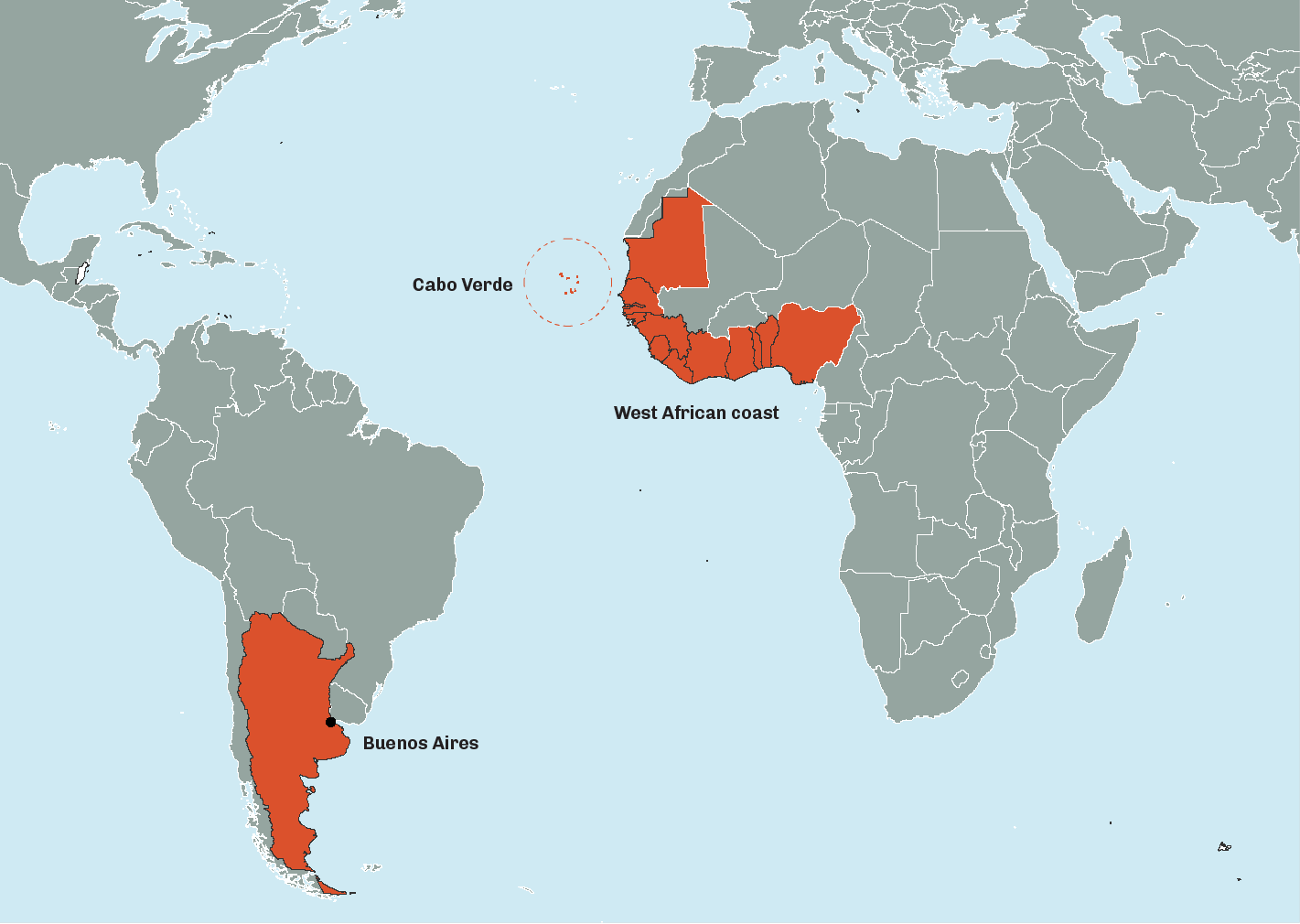
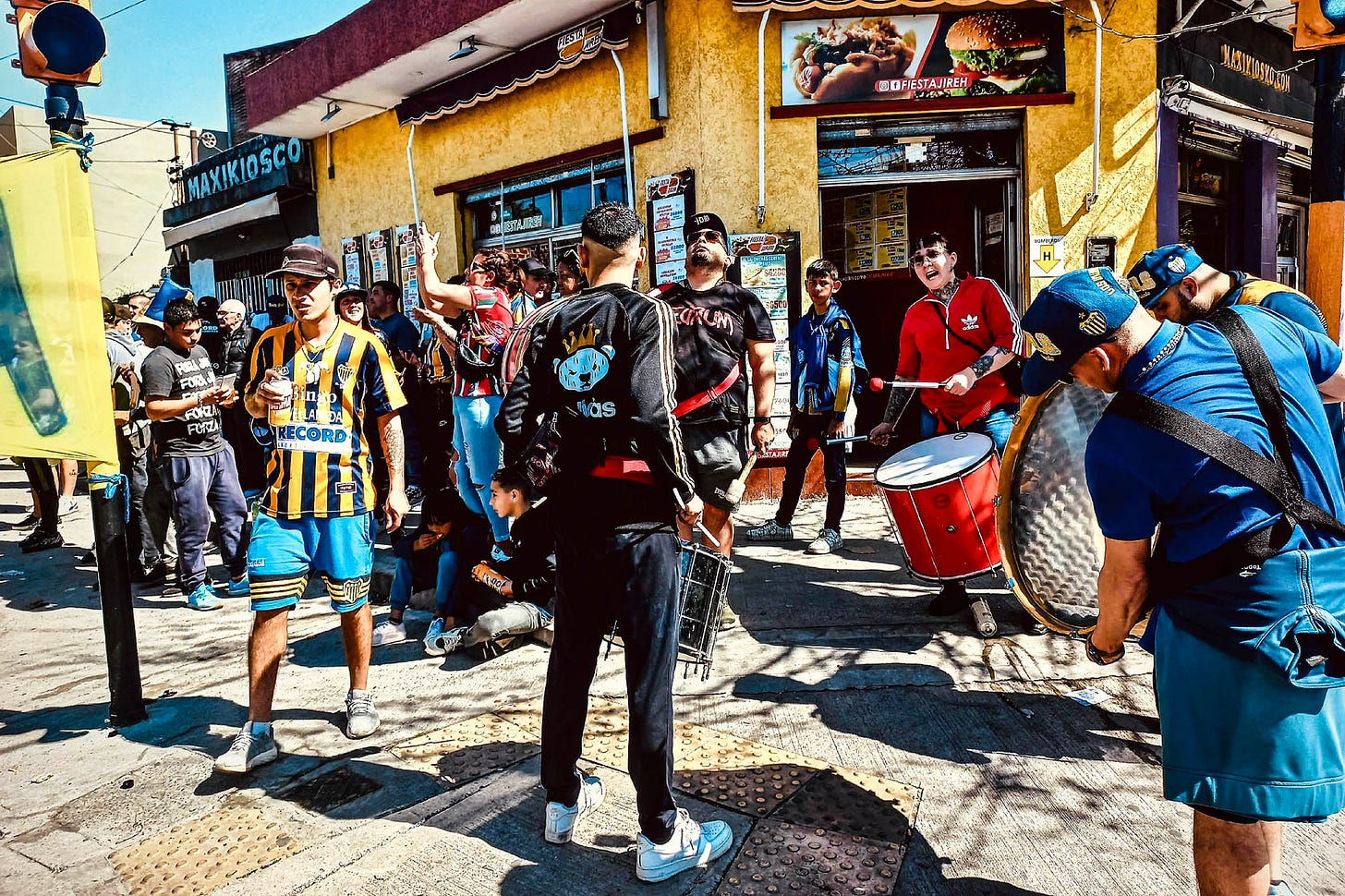
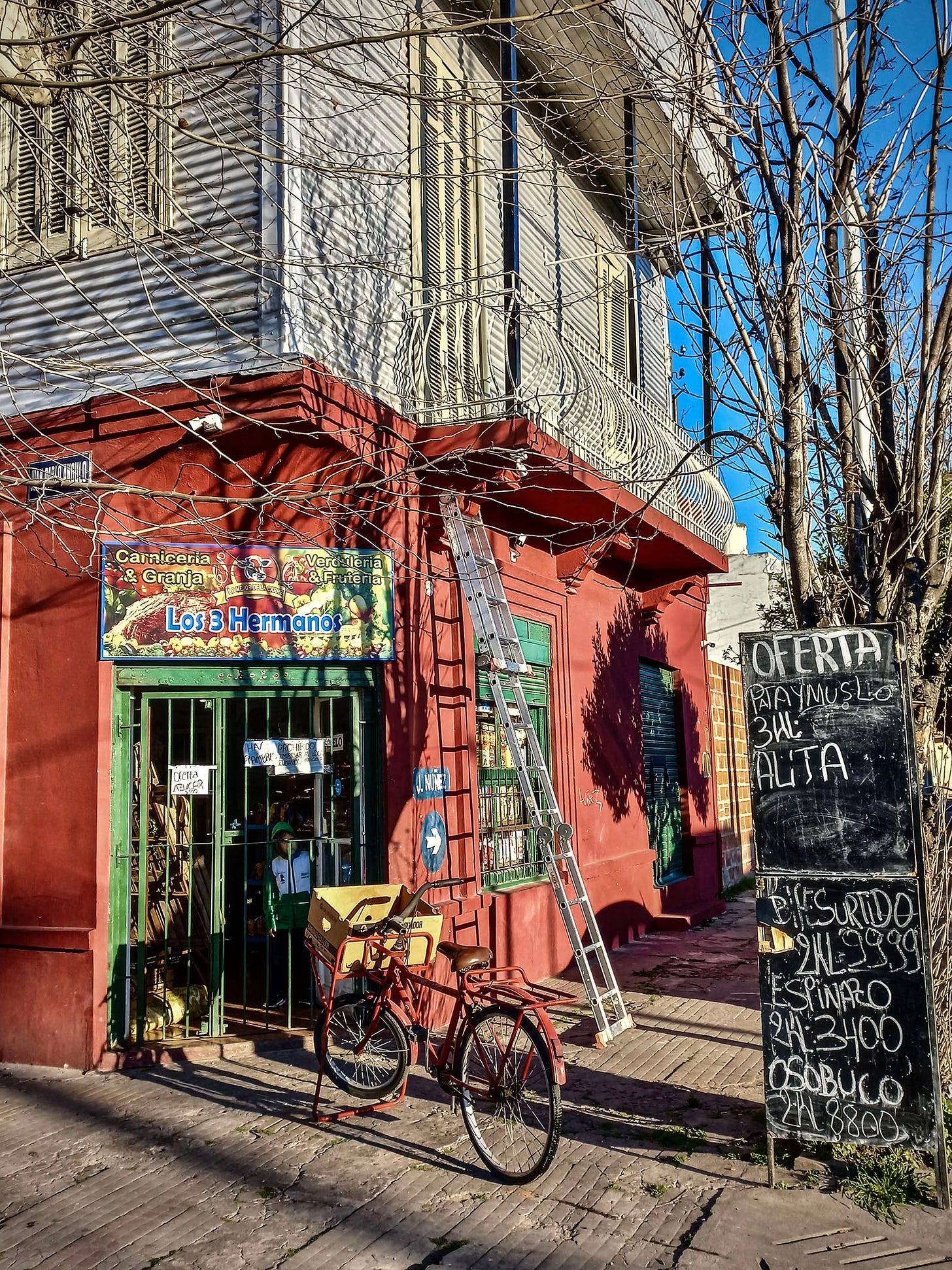
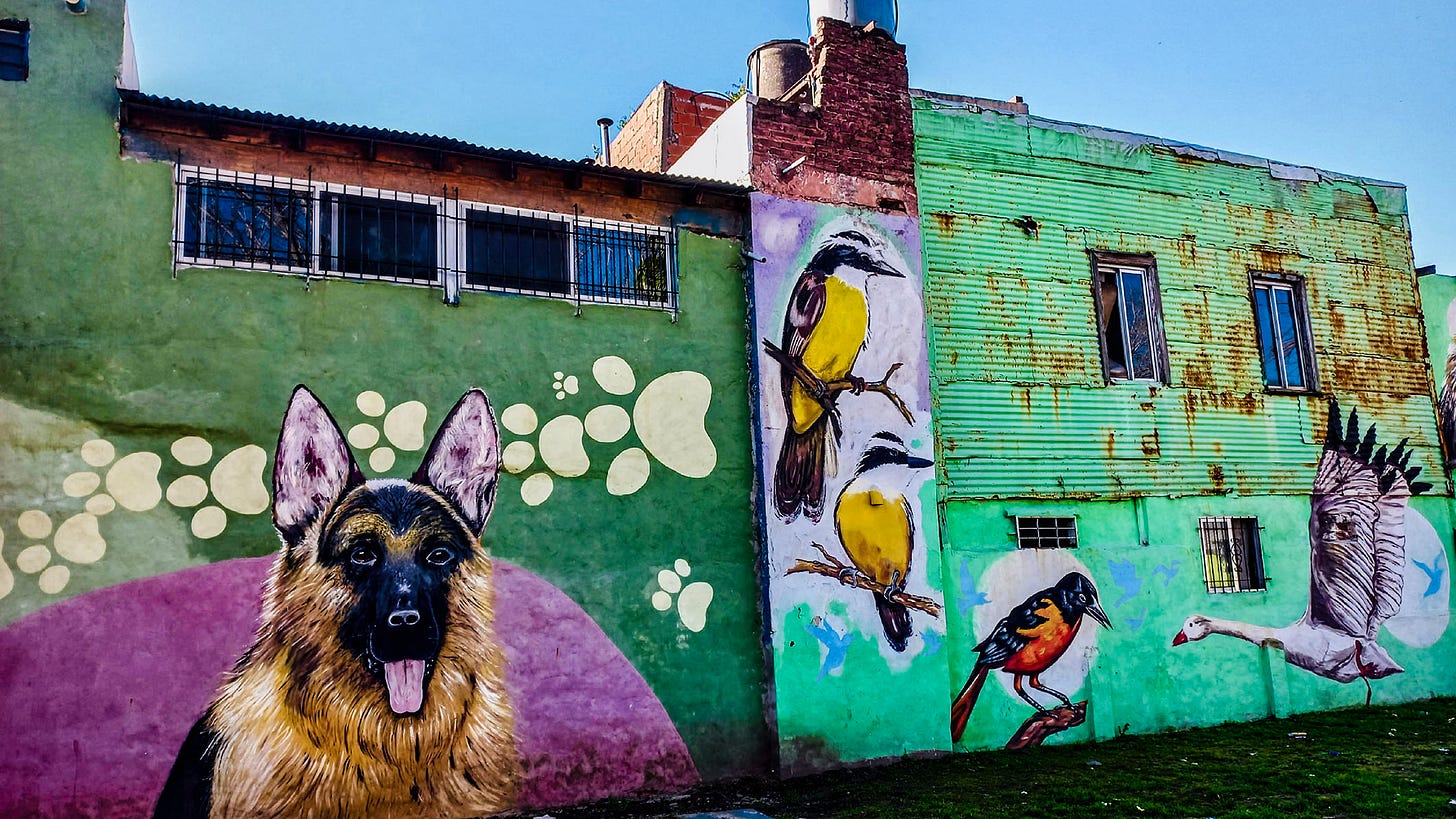
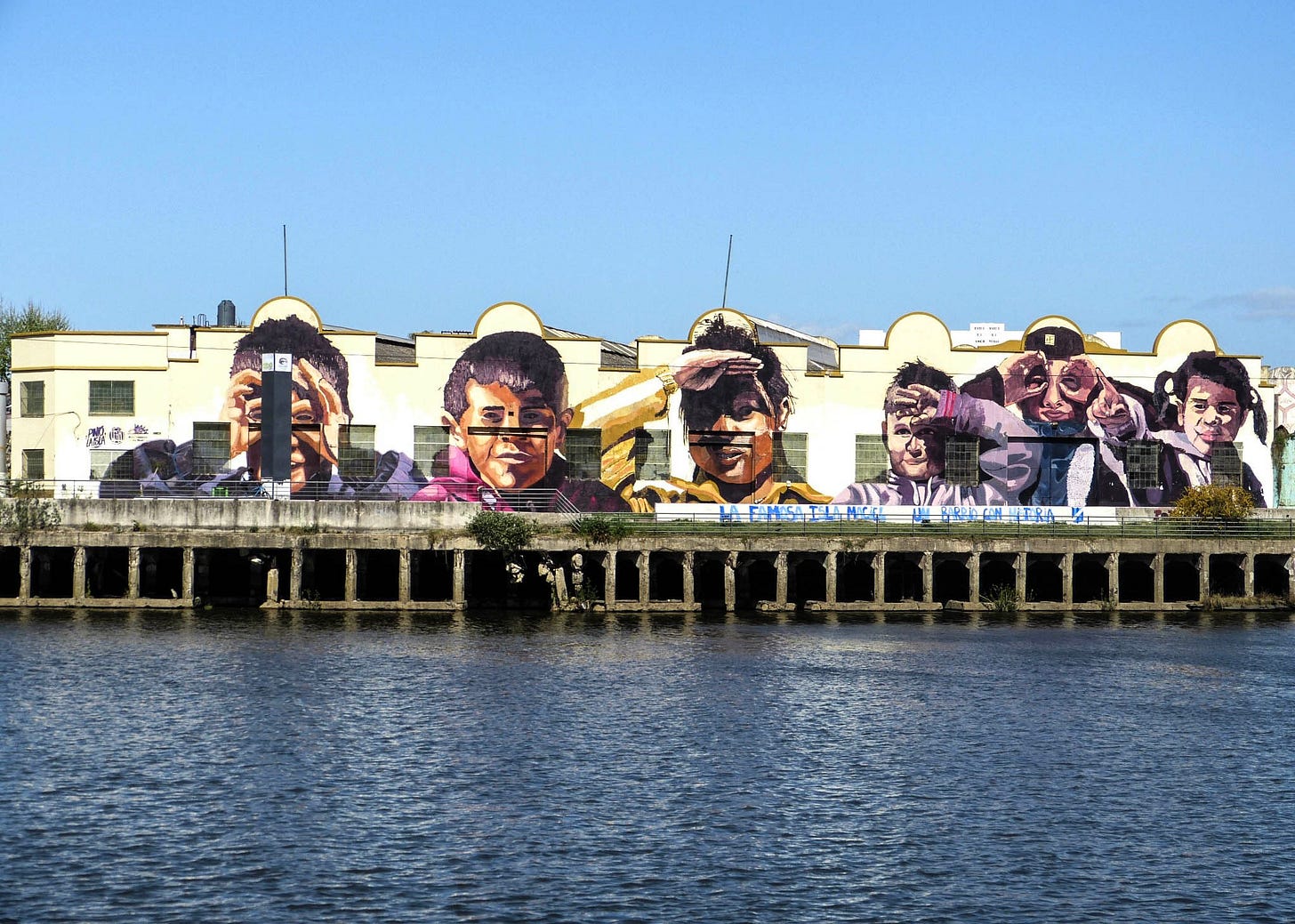
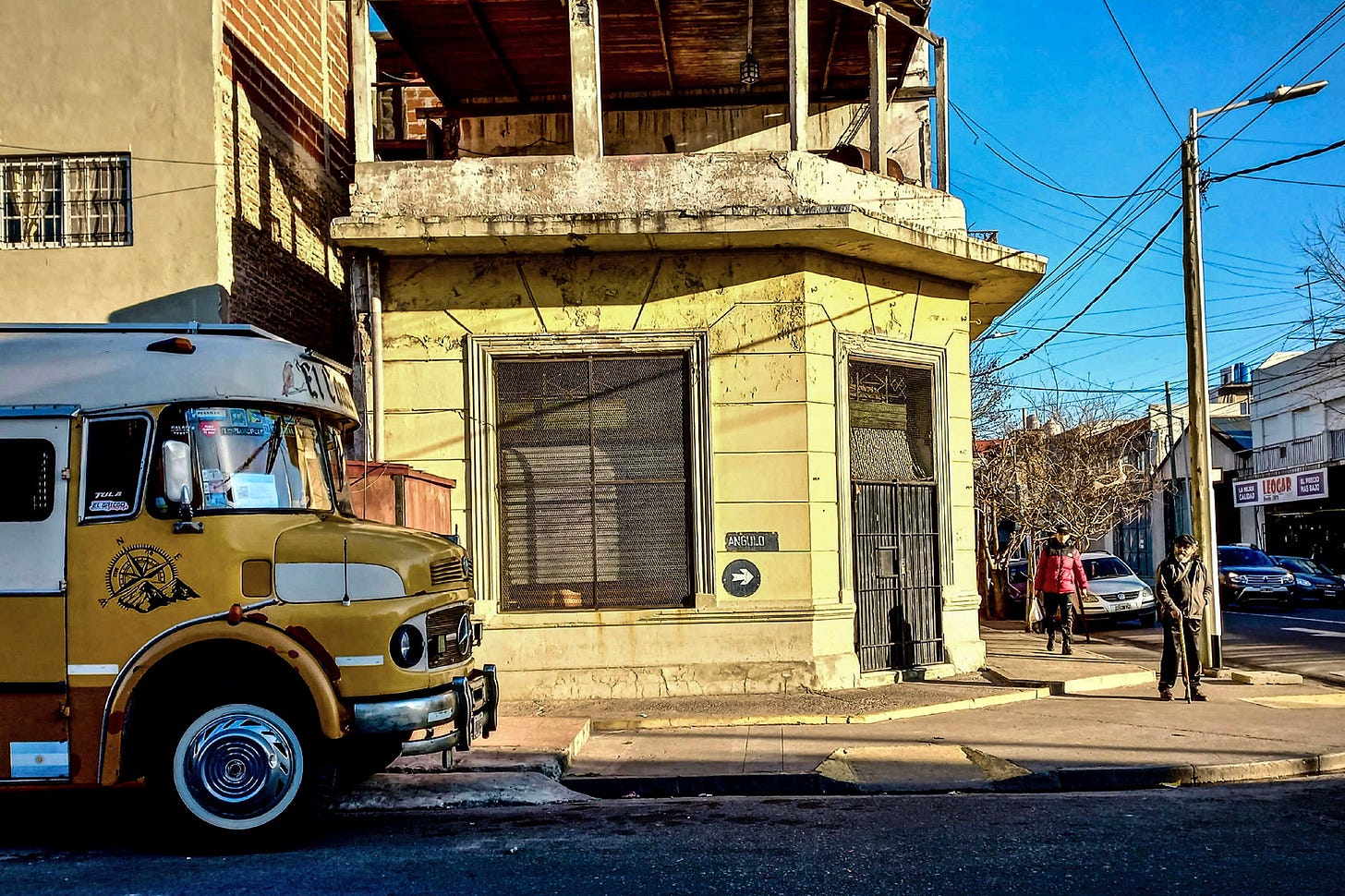
Great piece and beautiful photos. Te felicito!